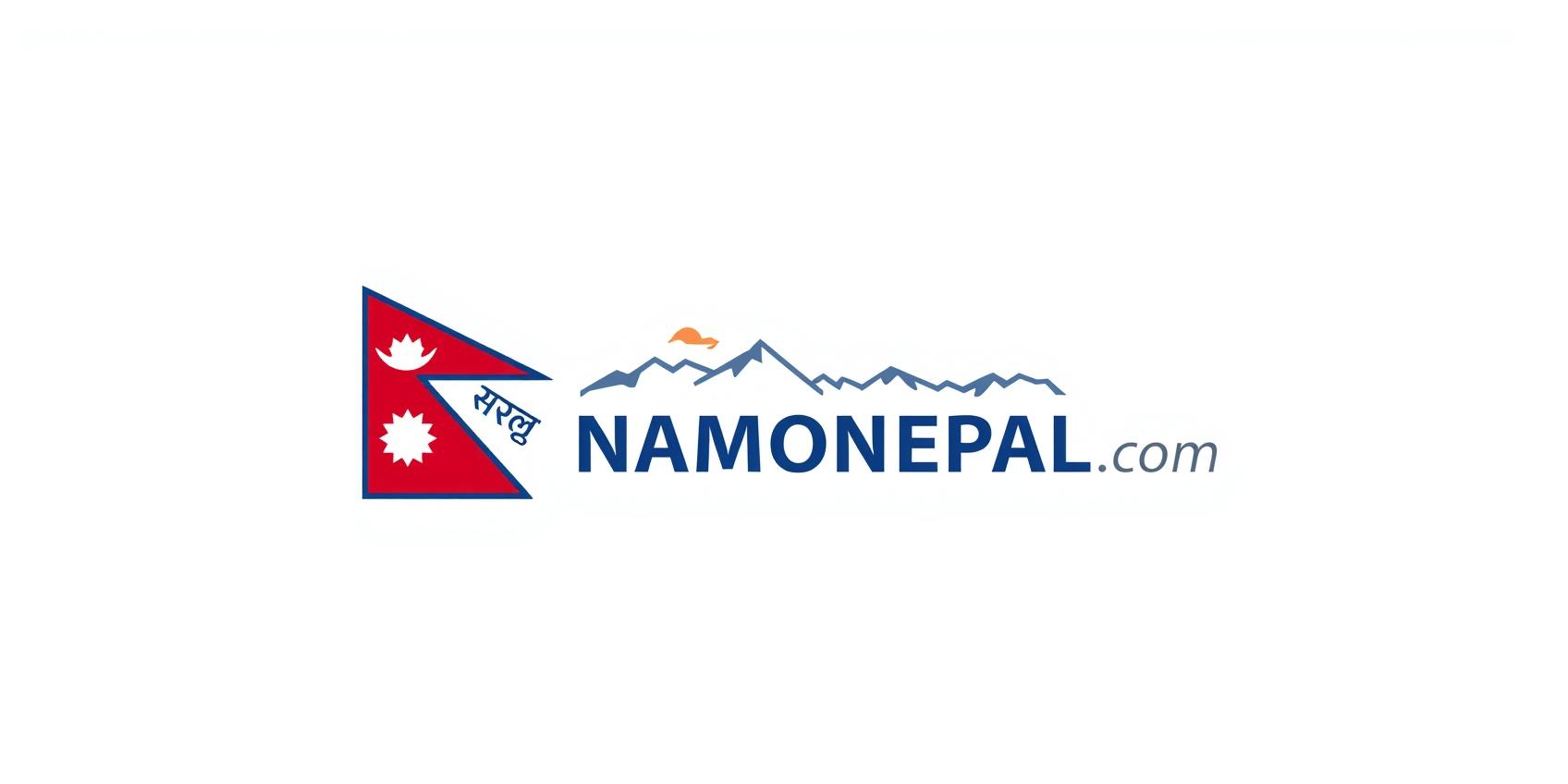Ultimate Packing Checklist for Nepal Trips 🏔️
Whether you’re trekking the Annapurna Circuit or wandering vibrant cities, packing smart ensures comfort, safety, and memorable travel. Use this practical, detailed checklist to travel with confidence!
Discover what to pack for Nepal—layering clothing, trekking essentials, travel documents, and more.

Why Pack Smart for Nepal?
Prepared for All Seasons
Be ready for cold mountain nights, summer downpours, and dusty trails.
Comfort on Every Trek
The right gear makes the difference between discomfort and joy in remote regions.
Travel Light, Travel Far
Efficient packing lightens your load for both high-altitude treks and city tours.
Health & Safety
From purified water systems to first aid kits, minimize potential health risks.
Planning for Changing Climate & Diverse Activities
Packing for Nepal is about planning for a changing climate, rugged terrain, and diverse activities. Your checklist looks different if you’re tea house trekking, camping, or traveling cities and jungles—but some basics always apply.
The key is to blend technical gear with local respect, ensuring safety and ease, both on and off the trail.
Our Key Packing Goals
- Minimize weight, maximize comfort.
- Blend technical gear with cultural respect.
- Ensure safety and ease (on and off the trail).
Essential Packing Areas
1. Layering Clothing 🧥
Layering is crucial. Pack moisture-wicking base, insulating mid-layer, and waterproof outer shell. Adapt quickly to Himalayan weather!

Key Items By Category
- Travel Documents 📜
- Passport, Nepal visa, permits (TIMS, park entry), passport-sized photos.
- Travel insurance (must cover helicopter evacuation).
- Water & Hydration 💧
- Reusable water bottles (min 2L capacity).
- Water purification system (filter or tablets for safe drinking).
- Electronics & Power 🔋
- Headlamp/flashlight & spare batteries.
- Universal adapter (Type D & M) & Power bank.
- Backup 'dumbphone' or local SIM.
- Footwear & Accessories 👟
- Reliable, broken-in trekking boots (waterproof).
- Camp shoes or sandals for teahouses/cities.
- Trek & Tea House Extras ⛺
- Sleeping bag (rated to -10°C) and liner.
- Trekking poles for knee support.
- Ear plugs and book/e-reader.
- Snacks & Energy 🍎
- Trail mix, protein bars, dried fruit.
- Electrolyte tablets/powder.
Packing In-Depth: Layering, Footwear, and Health
Trekking Clothes & Layering 🧣

- Base layers: Moisture-wicking shirts, thermal underwear.
- Insulation: Fleece jacket/sweaters, down or synthetic jacket.
- Outer shell: Waterproof jacket and pants, poncho.
- Accessories: Woolen hat, gloves, sunhat, neck gaiter.
- Socks: Several pairs (wool and synthetic), as drying can be slow.
Footwear, Docs, and Hygiene

- Footwear: Broken-in hiking boots, lightweight camp shoes/sandals.
- Documents: Keep all paper copies of permits/visas safely; carry small local currency.
- Health: First aid kit (altitude sickness meds), sunscreen, lip balm, and hand sanitizer.
- Electronics: Headlamp, power bank, universal adapter (Type D & M).
The Complete Breakdown: Season and Activity
Spring & Autumn (Best Time)
Pack light long sleeves for daytime, fleece/down jacket for evenings. Waterproof jacket/pants are essential for mountain rain.
Winter Packing Tips
Bring extra base layers and heavy insulation. Need a serious sleeping bag (-15°C or colder), wool socks, and a balaclava.
Monsoon Packing Essentials
Focus on quick-dry clothing, sturdy water-resistant boots, bug spray (leeches/mosquitoes), and a waterproof pack cover.
Trekking vs. City Packing
Cities: Lighter, more casual clothing. Treks: Durable, technical gear, headlamps, trekking snacks.
Responsible Travel Tip: Minimize plastic, bring reusable bottles, and respect modesty norms (especially in temples/remote areas).
Download the Complete Nepal Packing Guide

Be adventure-ready for every climate, festival, or mountain trail. Download the full, printable checklist, and pack smarter for your Nepal trip.


